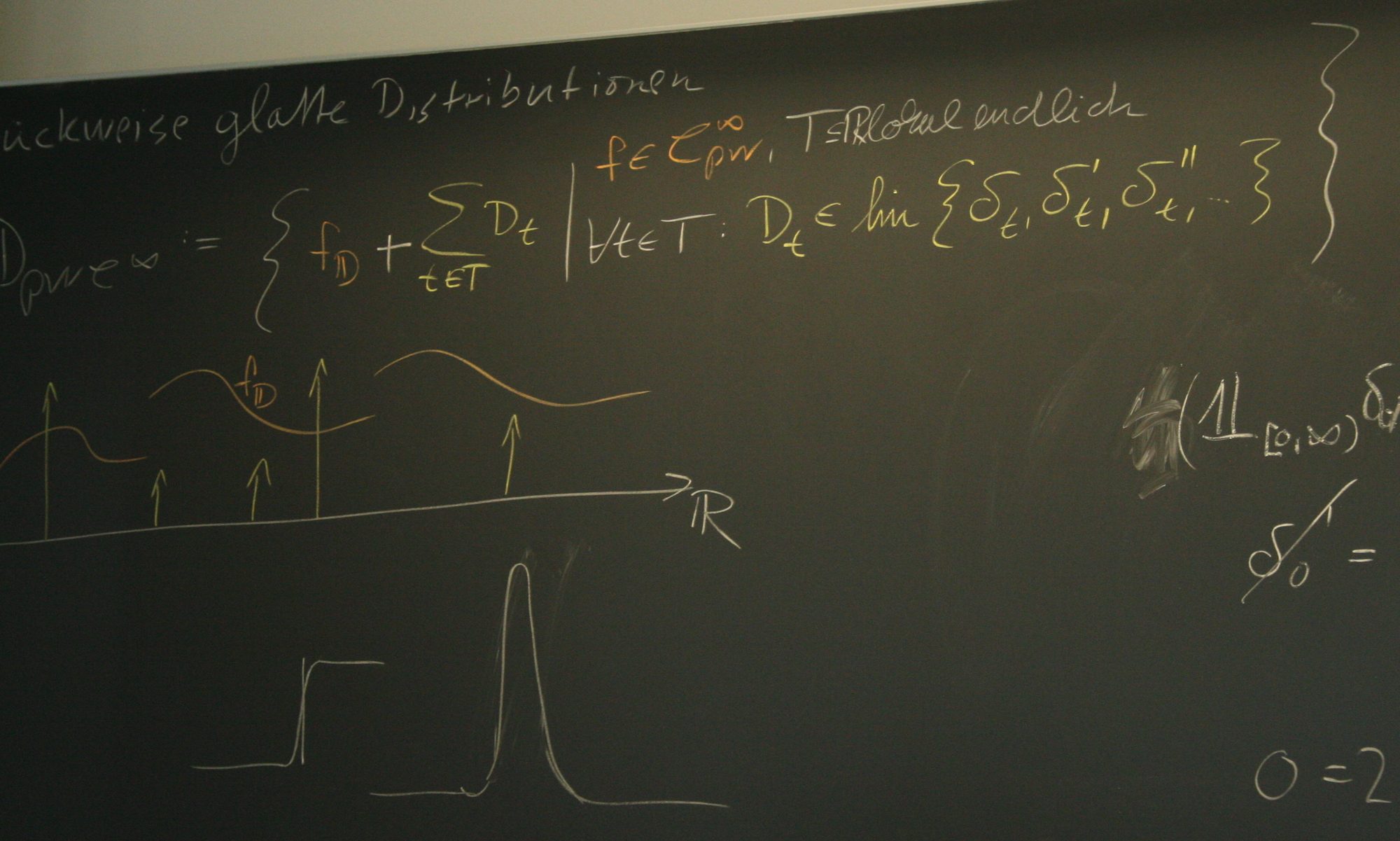Our paper
Chen, Yahao; Trenn, Stephan; Respondek, Witold Normal forms and internal regularization of nonlinear differential-algebraic control systems Journal Article In: International Journal of Robust and Nonlinear Control, vol. 2021, no. 31, pp. 6562-6584, 2021, (open access). @article{ChenTren21d,In this paper, we propose two normal forms for nonlinear differential-algebraic control systems (DACSs) under external feedback equivalence, using a notion called maximal controlled invariant submanifold. The two normal forms simplify the system structures and facilitate understanding the various roles of variables for nonlinear DACSs. Moreover, we study when a given nonlinear DACS is internally regularizable, i.e., when there exists a state feedback transforming the DACS into a differential-algebraic equation (DAE) with internal regularity, the latter notion is closely related to the existence and uniqueness of solutions of DAEs. We also revise a commonly used method in DAE solution theory, called the geometric reduction method. We apply this method to DACSs and formulate it as an algorithm, which is used to construct maximal controlled invariant submanifolds and to find internal regularization feedbacks. Two examples of mechanical systems are used to illustrate the proposed normal forms and to show how to internally regularize DACSs. |
Furthermore, Yahao and I have finished a follow-up paper discussing the generalization of the consistency-projector to the nonlinear case:
Chen, Yahao; Trenn, Stephan Impulse-free jump solutions of nonlinear differential-algebraic equations Journal Article In: Nonlinear Analysis: Hybrid Systems, vol. 46, no. 101238, pp. 1-17, 2022, (open access). @article{ChenTren22a,In this paper, we propose a novel notion called impulse-free jump solution for nonlinear differential-algebraic equations (DAEs) of the form E(x)x' = F(x) with inconsistent initial values. The term “impulse-free” means that there are no Dirac impulses caused by jumps from inconsistent initial values, i.e., the directions of jumps stay in ker E(x). We find that the existence and uniqueness of impulse-free jumps are closely related to the notion of geometric index-1 and the involutivity of the distribution defined by ker E(x). Moreover, a singular perturbed system approximation is proposed for nonlinear DAEs; we show that solutions of the perturbed system approximate both impulse-free jump solutions and C1-solutions of nonlinear DAEs. Finally, we show by some examples that our results of impulse-free jumps are useful for the problems like consistent initializations of nonlinear DAEs and transient behavior simulations of electric circuits. |

